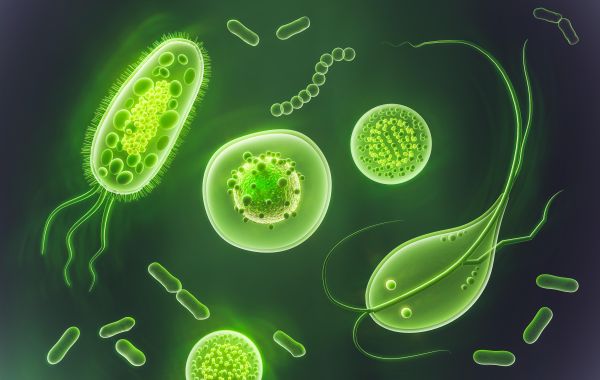
Chapter Overview
Microorganisms are tiny living beings that are invisible to the naked eye. They include bacteria, fungi, protozoa, algae, and viruses. While some microorganisms help in food production, medicine, and agriculture, others cause diseases in humans, animals, and plants. This chapter explores the dual nature of microorganisms – their beneficial and harmful aspects.
Important Keywords
- Microorganisms: Tiny organisms visible only under a microscope.
- Bacteria: Single-celled microorganisms that can be helpful or harmful.
- Viruses: Microorganisms that need a host to reproduce and cause diseases.
- Fungi: Organisms like yeast and molds, some beneficial and some harmful.
- Protozoa: Single-celled microscopic organisms, some of which cause diseases.
- Algae: Simple organisms capable of photosynthesis.
- Pathogen: A microorganism that causes disease.
- Fermentation: A process in which microorganisms help convert sugar into alcohol.
- Antibiotics: Medicines derived from microorganisms to treat bacterial infections.
